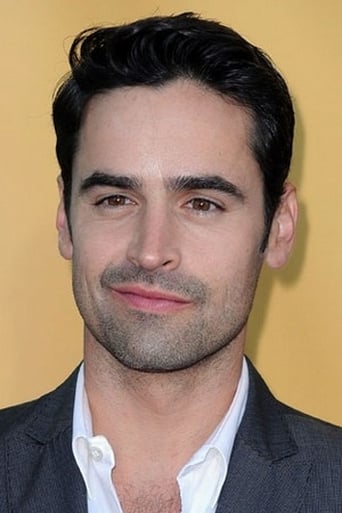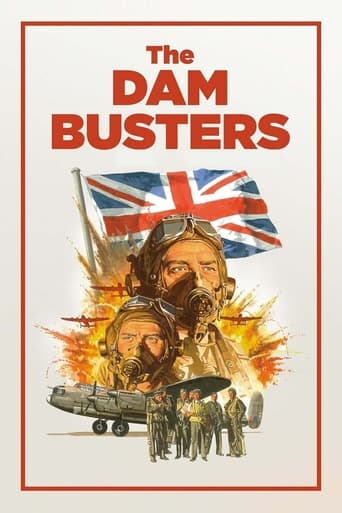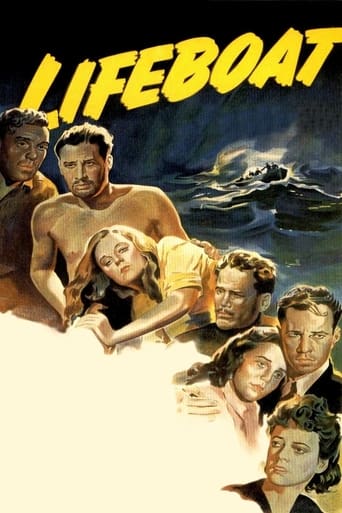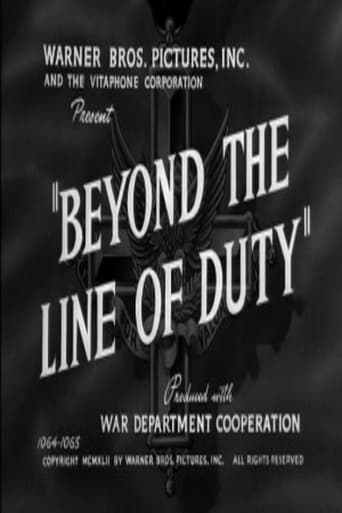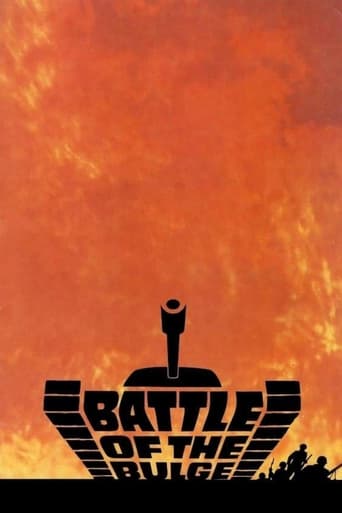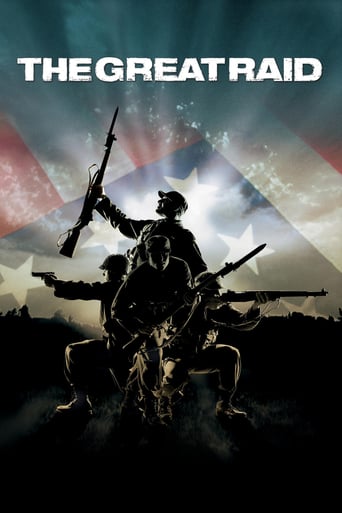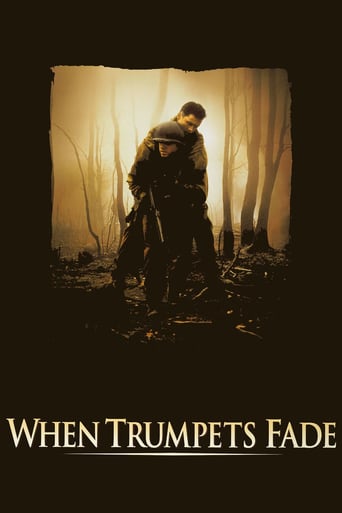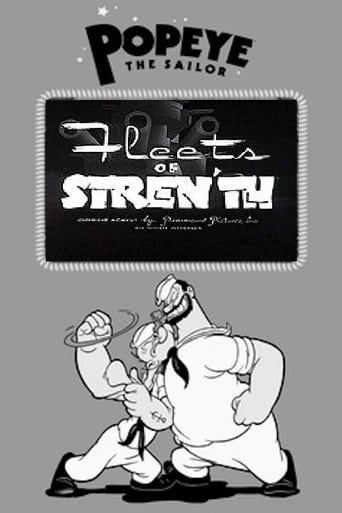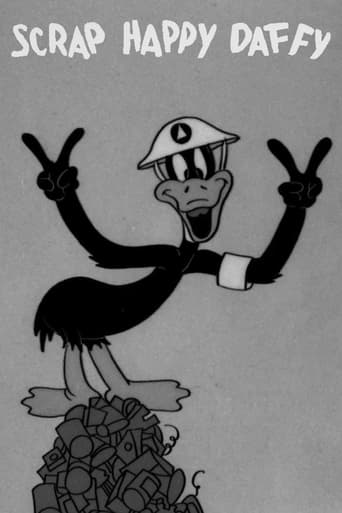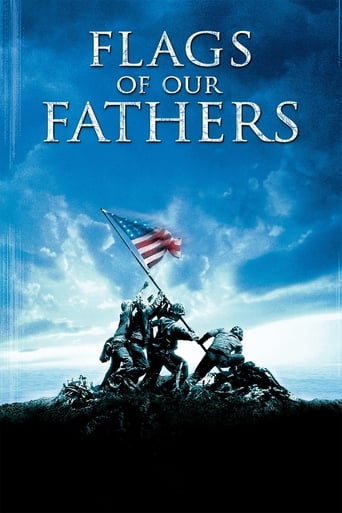
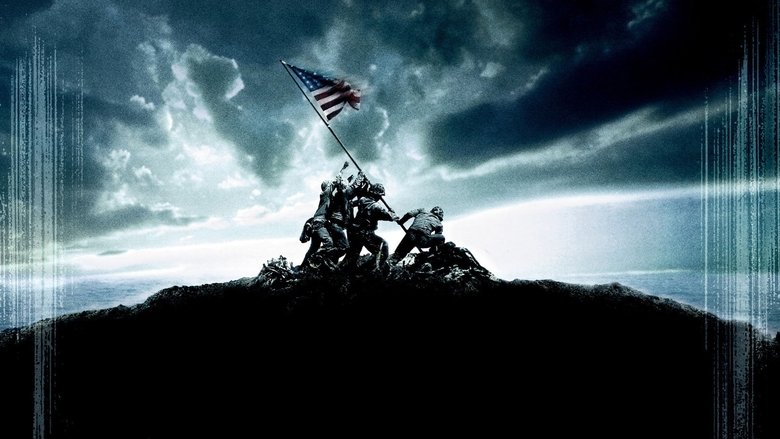
Flags of Our Fathers (2006)
 Watch Now
Watch Now









There were five Marines and one Navy Corpsman photographed raising the U.S. flag on Mt. Suribachi by Joe Rosenthal on February 23, 1945. This is the story of three of the six surviving servicemen - John 'Doc' Bradley, Pvt. Rene Gagnon and Pvt. Ira Hayes - who fought in the battle to take Iwo Jima from the Japanese.
Watch Trailer
Cast


Similar titles
Reviews
everything you have heard about this movie is true.
Best movie of this year hands down!
The plot isn't so bad, but the pace of storytelling is too slow which makes people bored. Certain moments are so obvious and unnecessary for the main plot. I would've fast-forwarded those moments if it was an online streaming. The ending looks like implying a sequel, not sure if this movie will get one
A great movie, one of the best of this year. There was a bit of confusion at one point in the plot, but nothing serious.
This film concerns the last real fierce emblematic battle (February 19, 1945 - March 26, 1945) between the USA and Japan, the battle for the island of Iwo Jima. The war is coming to an end and after this battle, it will drag on with Japan retreating little by little and this will only be stopped once and for all with the atom bombs of Hiroshima and Nagasaki. At the end of this battle, the federal government of the USA is unable to finance the end of the war and they use this battle, this victory as the tool they need to launch a final battle in the USA to raise the money necessary to finish the job. But when this battle is finished, won the main actor of this war, Franklin D. Roosevelt dies within weeks on April 12, 1945, and Truman takes over. He is the one who decided to drop the atom bombs in Japan, though of course, Roosevelt is the one who had launched the research and financed the production of these bombs, little boy as the first one was called. Dramatic event that required the levying of millions if not billions of dollars to pay for the next six months of the war. This first film - that has to be twinned with Letters from Iwo Jima - is the battle seen from the American point of view and what's more from the recollections the son of one of the GIs who raised the flag there managed to collect from his father before his death, and the father expressed in his last weeks or months of life the great distance he had taken with this war and this battle. The film shows with all the horror and bloody cruelty you can imagine this battle and how the GIs reacted and survived because that's the master word here: The Gis did all they could to survive and avoid the bullets. Their choice was simple: go through the showering bullets, remain alive, and kill as many people on the other side. Prisoners were not even a question. Then the film shows how three surviving soldiers who raised the flag are enrolled in a campaign across the USA to raise money, including by the reenactment of the raising of the flag. But it is all built on a fake picture. The first raising of the flag was not taken by the photographer following the armed forces, a GI himself, because he was not thre at the time. He only took the "second raising" but in the meantime, one of the four Gis who did it was dead or gone and he was replaced by a second fourth one who will die soon after. The picture that was sent around in the press and the media all over the world cheated then on the identity of this fourth soldier. And both fourth soldiers dying soon after and not being there anymore to testify, two mothers, two families were suffering from the ambiguity. The truth came from one of the three survivors, the Indian GI, who later on, after the war, leaked the truth to the press. The fact that remains is that the federal state and the American political apparatus used this picture and this event for years with even the erecting of a monument representing this particular event. What is important in such situation? The real truth or the dynamism that the official but false truth creates? The reality is that very often the hypocritical truth is the one that works in the media, most of the time because the media do not know it is fake. And today some speak of fake news!The three survivors will have very different careers after the war. The Indian will die officially from exposure sometime after the inauguration of the official commemorative monument, without an autopsy, meaning that an Indian is an Indian and his being a national hero does not count: he is still refused a drink in a bar that does not serve Indians, even when the whole city around the bar is celebrating on this very evening the three survivors and the raising of the flag in a monstrous event in some stadium. The next GI will never get a decent job, nor decent training or education, and he will be a janitor all his life. The last one will have the opportunity to buy a funeral parlor and will prosper as a mortician and he is the one whose son is collecting the last memories.The general idea is that if heroes there are they are all dead: the heroes are those who died in the battle. The survivors were just die-hard lucky survivors who managed to run through a torrentuous shower of projectiles of all sorts and did not get wet at all. Dry till the end, or maybe one or two drops, one or two wounds, but nothing serious enough to put you six feet under. In 2006 the wars in Afghanistan and Iraq were getting clogged up in a quagmire and Clint Eastwood and Steven Spielberg had the courage to tell the wide audience that a war is never anything clean, heroic and that it is essentially a cruel game played by people far away from the front who will use the survivors to reach their objectives provided these survivors do NOT, absolutely NOT, question the basic principles of the society whose elite the war-players at home are, namely segregation and class distinctions, not to mention racism and racial distinctions. Dr. Jacques COULARDEAU
In 1945, the picture of the flag raising on Mount Suribachi on Iwo Jima becomes an immediate icon. The six soldiers in the picture become instant celebrity heroes. Three of them are brought back to the states to sell Bonds. Corpsman John 'Doc' Bradley (Ryan Phillippe) continues to be haunted for the rest of his life. He and others Rene Gagnon (Jesse Bradford), Hank Hansen (Paul Walker), Mike Strank (Barry Pepper), Ira Hayes (Adam Beach) and Franklin Sousley (Joseph Cross) train together and sent into Iwo Jima. They are led by Captain Severance (Neal McDonough). Rene Gagnon tells the brass that Ira Hayes was one of the flag raiser which truly angers him and which he denies. Keyes Beech (John Benjamin Hickey) and Bud Gerber (John Slattery) push the tour selling the picture and War Bonds. There is confusion about the two flags and controversy over who the true people in the picture. It's a darker compelling telling of the battle and its aftermath. It starts moody and even the battle isn't as heroic as expected. A man falls overboard and no ship stops to save him. The battle is ugly and bloody. There is a greyness to the battle that makes it almost black and white. The confusion adds depth to the characters and the reactions add substance. The fascinating thing about this is that their odyssey doesn't end after the battle. This is also a movie about the human condition. Adam Beach is especially good in a juicy role struggling with guilt and pride.
The movie really nicely serves the story, the real story, about the USMC famous flag photo of Iwo Jima. The story reveals the less known fact about the photo, the persons in it and the story about it. I was amazed to see that it was actually the second flag raised on the peak. The war bond tour inter-weaved plot also make the dramatization even better. Moreover, with the other side's story also being covered by Eastwood in Letters Fro Iwo Jima, it feels like a great complete story about that critical point of the Pacific theater of the war. With the same coloration choice and even sharing some of the same footage, it makes the two movies a real worthy back to back screening material. The acting overall is quite a good one. Ryan Phillippe acted out just enough for his character. Adam Beach did very well in depicting all those post traumatic stresses.
I have always been ambivalent about most wars movies. They often claim to show the horror and agony of war, but revel in the excitement and carnage. Not so here! The film is about the six U.S. Marines who raised the flag on Iwo Jima's Mount Suribachi and were the subject of the iconic photograph. Eastwood's film follows the three survivors as they are feted as heroes and used to drive war bond sales towards the end of WW2. However, they have been traumatised by their experiences on Iwo Jima, and are bewildered by the insensitive treatment they receive stateside. Many of the scenes as they meet the parents and families of the men who were killed are almost as harrowing as the scenes on Iwo Jima. Eastwood digs deep for the truth in this poignant, thoughtful film.Overshadowed somewhat by "Saving Private Ryan" when first released, "Flags" in my opinion is the more complete of the two. Both films unfold as the reflections of an aged veteran, however, I feel "Saving Private Ryan" struggles to maintain the pace after its stunning opening 20 minutes, but then again what film wouldn't? Eastwood's cutting between events on Iwo Jima and the scenes in the U.S. keeps up the momentum more effectively."Flags" isn't the first film to feature the Battle of Iwo Jima or the flag raising. "The Outsider", which starred Tony Curtis as Ira Hayes, covered similar ground, but was heavier on the psychological overtones beloved of films of the early 60's.There was of course 1949's "Sands of Iwo Jima" with John Wayne, and although it suffers in comparison with this film, it was made just a few years after the events it portrayed, and featured cameos by real-life marine heroes including the three surviving flag-raisers. Eastwood on the other hand had to reach back 60 years to capture a feeling for the times, and life in America in the 1940s.But he did it and it looks convincing. The scenes on Iwo Jima are amazing. We are familiar with it from documentaries and photographs, and Eastwood's team captured that look, especially with Mount Suribachi looming in the background and the scenes of the fleet offshore. It is a classic example of how special effects can enhance the drama rather than dominate it.This is light years away from Eastwood's other film about the marines, "Heartbreak Ridge". Where that film was unapologetic in it's stereotypes, in "Flags of Our Fathers", the grim determination of the marines who kept to their task until they were either killed or wounded comes across without overstatement.This is Eastwood's masterpiece. Together with "Letters from Iwo Jima", the two films represent a powerful cinematic achievement, which is sure to be even more appreciated as time goes by.




